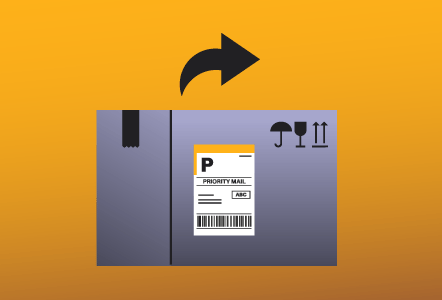How to Steal Like a Retail Insider
According to the most recent data from the 2023 Jack L. Hayes survey on retail theft, retailers dealt with an increasing number of employees who were stealing from their stores in 2022. Stores and their asset protection or loss prevention teams caught 44,834 internal thieves who were caught in 2022, an 18 percent increase from the previous year. Dishonest retail employees have different ways that they might steal from their employers. These are the four top reported methods of internal theft, according to 2023 National Retail Security Survey.
- Merchandise theft
- Refund fraud
- Cash theft
- Passing merchandise off to friends, family members, or other accomplices
While merchandise and cash theft are fairly straightforward methods, others can be more complicated.
 Refund Fraud
Refund Fraud
An individual or a group of people fraudulently claims a refund from an organization, tricking a company into giving them money back for an item or service they did not actually purchase. Multiple methods of refund fraud exist, but there are two that are most likely to involve assistance from a store employee.
- Return Fraud. The “returner” can claim that the good was damaged, defective, or unsatisfactory, but in fact the product is either in good condition or has been tampered with. Sometimes the employee conducting the return is aware of the fraud and is supporting the customer.
- Receipt Fraud. The use of fake or altered receipts to return stolen merchandise or goods bought at a discount to receive a full-price refund or store credit.
Coordinating with Family and Friends
Maybe an employee sees it as an unofficial discount for a family member. Or perhaps he or she wants to impress or treat a friend or romantic interest. Or there’s also a chance that the friend or family member is helping them steal hundreds or thousands of dollars’ worth of merchandise.
- Sweethearting. Employees working at the cash register give merchandise to a customer, like a coworker, family member, or friend. This can be accomplished by avoiding the scanner, overriding an item’s price, voiding an item but still bagging it, using an employee discount for a non-employee, or an invoicing scam.
- Sliding. A cashier scans an item but physically obstructs the barcode so that the customer can keep the product without paying for it.
- Free-Bagging. An employee rings up an item at a cash register but does not scan it, and then puts it in the bag, allowing the customer to leave the store with stolen merchandise.
 Mitigation
Mitigation
Retailers are not without means to combat internal theft, and National Retail Security Survey participants said that these were the top five mitigation solutions they used to prevent, identify, or investigate incidents involving internal theft:
- Exception-based reporting (EBR) software and programs
- Video surveillance systems
- Employee training and awareness
- Tip hotlines and rewards
- Point-of-sale systems with notifications and alerts to detect anomalies
Sara Mosqueda is associate editor for Security Management. Connect with her on LinkedIn or on X, @XimenaWrites.












